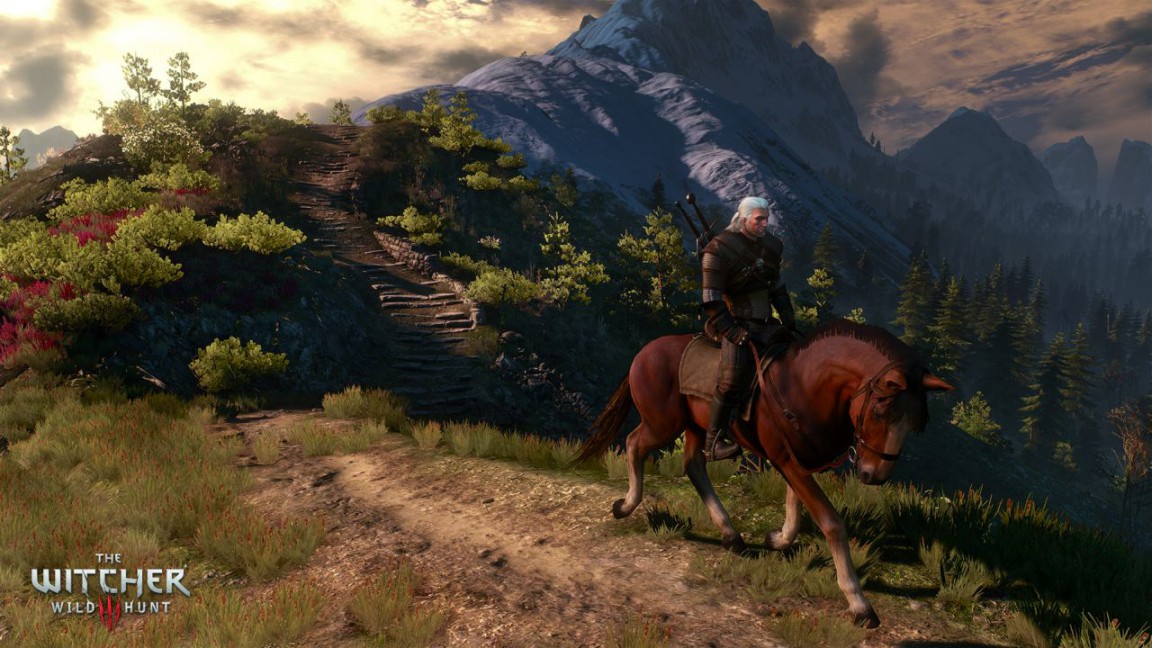

Microsoft's Natal and Sony's Motion Controller are looming over the horizon. They promise much: in the case of Natal, completely controller-less gaming. In the case of Sony's Motion Controller, gaming with a wand (and a nunchuck, if recent reports are to be believed). Imagine this: playing Burnout with an imaginary wheel, or shooting in Halo as if holding an imaginary gun. Sounds good, huh? Of course it does.
Everyone has an opinion. The hardcore are terrified of motion sensing, as if it'll emerge from the depths of hell itself and reign down fiery doom upon Call of Duty and Gears of War. The casuals love the idea of chatting with Milo, and navigating the Xbox 360 dashboard with their hands Minority Report style. Everyone in between: well, it's all very interesting, isn't it?
But what about the developers themselves, you know, the people behind the games? What do they think about all this motion malarkey? What impact will Natal and Arc have on hardcore gaming? We thought we'd find out, quizzing everyone and anyone willing to entertain our nonsensical warbling on the good, bad, and ugly of waving your arms about like a demented monkey.

Peter Johansson, Just Cause 2 lead designer - Avalanche Studios
Q: Motion sensing seems like a natural evolution for the Just Cause series; to be able to cast the grappling hook by moving your arm forward with Natal or with Sony's Motion Controller, for example. How do you feel about applying motion sensing to more core-based game experiences?
PJ: I'm personally not too keen on just replacing normal button presses with a movement, because I don't necessarily feel it enhances the experience much. But if you set out to design a game that wants to take advantage of those features I can see a lot of opportunities. If you can design it from the ground up with that in mind I think you can do some really interesting stuff. I think sometimes even simple stuff, like navigating a HUD, a GUI, could be really intuitive. I want to see the map and I just get the map down, stuff like that. I could see that working really well in traditional games as well. So I think there are a lot of opportunities. In the beginning you're going to see a lot of games that are just completely based on it, and then a bit later you're going to see traditional games that incorporate bits and pieces that work for them.
Q: There's third-person shooting in Just Cause 2. How do you see motion sensing applying to shooting? Would you want to hold your hands up in front of the screen pulling an imaginary trigger?
PJ: I'm not so sure, actually. I could certainly see it being an accessible thing that makes it easier for a broader audience, and less intimidating and easier to grasp. But I could also see a lot of traditional gamers feeling uncomfortable doing it and comparing it to the experience with a controller, and then they say I have better precision with a dual analogue stick. If you're going to do that, you probably want to offer a traditional way of controlling.

Neven Dravinski, UFC Undisputed 2010 producer - THQ
Q: We're seeing Natal and the Arc coming on. Any plans for later iterations of UFC to add motion-sensing?
ND: I can neither confirm or deny the existence of…
Q: Are we going to get to the point where in order to do a submission you do have to do a submission on someone else in a room?
ND: I would actually hope not. As much as I do appreciate the dynamic of breaking the fourth wall and actively participating in a game in that manner, for a fighting game specifically, I like our dynamic. There is a place for it, certainly. But it would really have to be executed very well.
Q: You would be encouraging kids to hit people.
ND: Yeah, well there is that.



